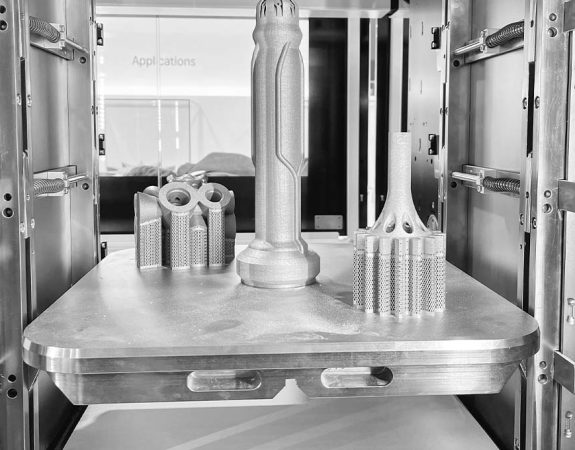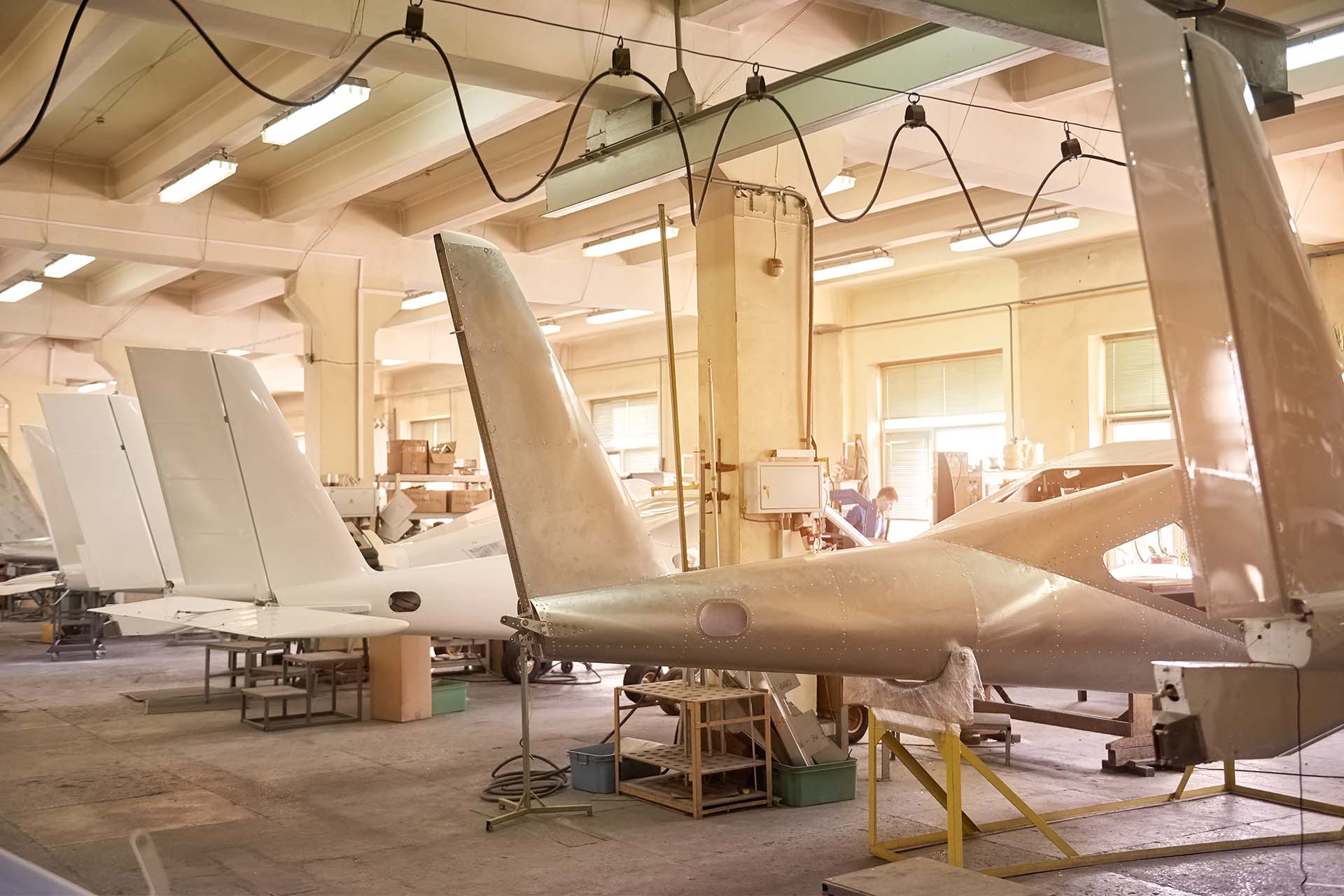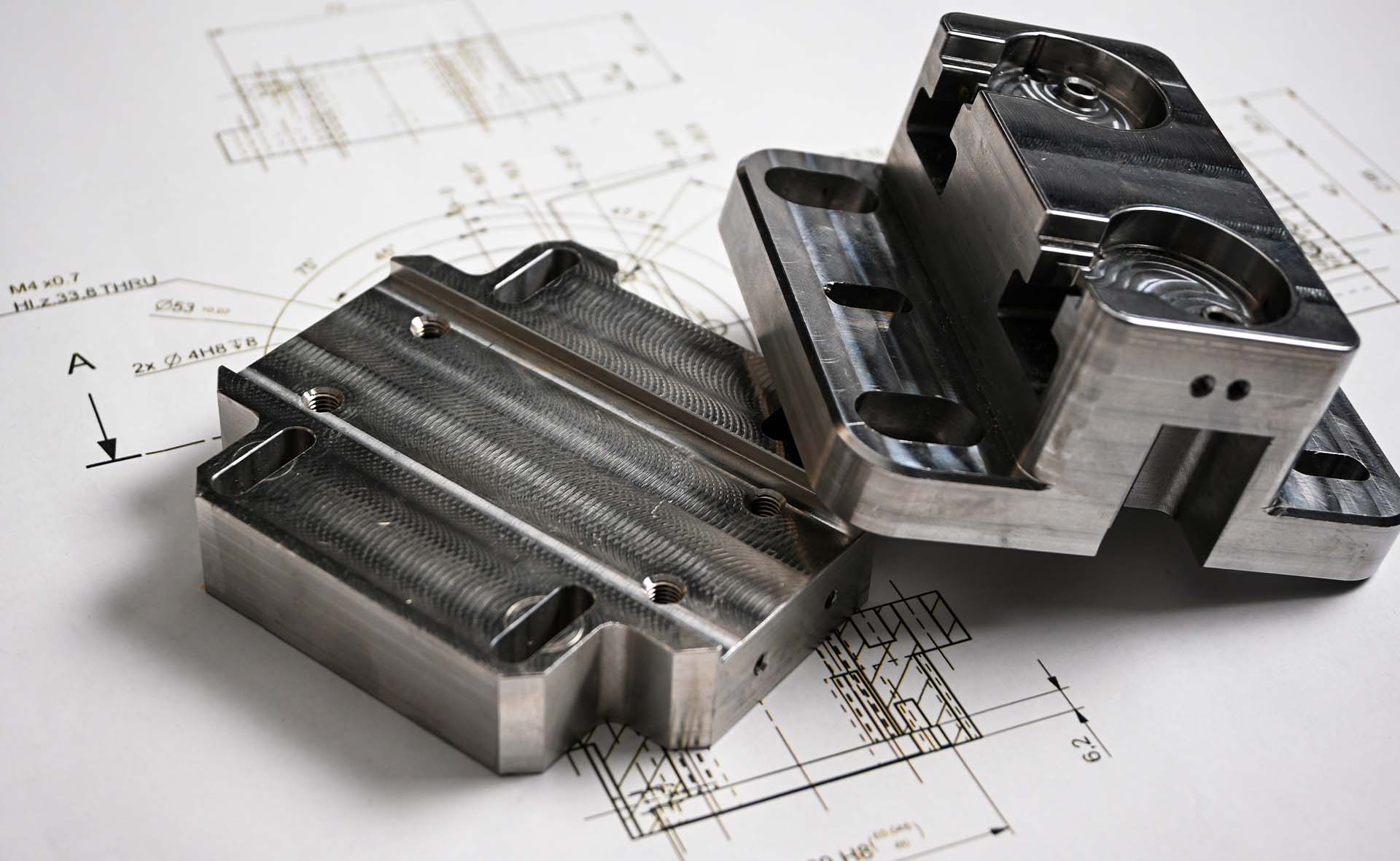3D printing has made its way into countless industries and is changing them for the better. Aviation and aerospace is no exception.
Additive manufacturing is transforming aircraft development in a variety of ways, the three most significant being: reducing the overall weight of aircraft, faster developments, and greater cost savings. These outcomes has facilitated the sector with more resources, time and therefore the capability to develop the future of the aviation and aerospace industry. In this article, we will take a look at these three points in more detail.
3D printing allows aviation engineers to reduce the weight of their aircraft through the incredible design freedom it provides them. Thanks to 3D CAD software which guides the machine, and the additive nature of the process, users are able to consolidate parts that previously consisted of numerous components into just one part. For instance, before printing, heat catalysts consisted of 300 parts, and with this technology they have been integrated and fused together into a single object. This reduces the weight of the individual part, and thus the aircraft as a whole.
In an episode of HLH Rapid’s podcast ‘Prototype and See’, Marco Pavan, CEO and Co-founder of SteamJet Space Systems, tells us how he streamlined the development of his water-propulsion system for small satellites: “the reason why we choose metal 3D printing is that we can basically build a single part… instead of building 20 different parts using traditional CNC, we can produce one single part, which makes assembly so much easier.”
Another way in which optimised design facilitated by 3D printing results in reduced weight is the application of internal lattice structures. Previously, parts would have to be solid material, therefore heavy. Now, we’re able to produce parts that are hollow, but reinforced with lattice structures, giving way to lighter parts which still maintain structural integrity.
Reduced weight in aircraft means that they can carry more, they’re more fuel efficient, they can fly farther and faster, and they have a reduced environmental impact. All of these benefits contribute to the overall advancement and development of aircraft and their capabilities.
One of the main advantages 3D printing provides aerospace engineers with is quick turnaround times. Additive manufacturing is not suitable for all parts and all projects, but it comes in handy when building an aircraft as it often provides the non-critical, non-weight bearing elements, such as interior components. This means that manufacturers can respond quickly to production demands and repairs as well as quickly providing replacement parts and prototype iterations.
We spoke to Michael Norcia, founder of Pyka, one of the fastest growing electric cargo and crop-spraying aircraft startups, on an episode of our podcast. He describes the role 3D printing played in the development of their project: “while our aircrafts are mainly made from carbon fiber, we use 3D printed parts extensively, basically all SLS printed nylon, for many mounts, anything thats a complex geometry… we can change it arbitrarily quickly.”
With additive manufacturing, we are now able to make these custom parts in hours, with the buyer receiving them in mere days. This is a huge advantage as it improves the speed and efficiency of the production process of aircraft, as well as the whole supply chain in general. 3D printing is bringing new aircraft technology to market, faster.

3D printing transforms the development of aircraft by also being far more cost efficient than alternative production methods. There are a multitude of ways in which additive manufacturing can save spending.
Cost saving is also achieved through the streamlining of the production process and supply chain. 3D printing allows companies to get the parts they need in a matter of days, improving operational efficiency, and thus, less money spent on the development process. And, the ability to print objects on demand eradicates the need for huge inventories of spare parts and the storage facilities required to house them, saving budget that can be invested into the product.

And, 3D printing doesn’t require the additional costs that other manufacturing methods do, such as injection moulding or die casting. These processes that need moulds are not suited to the needs of the aerospace industry as the fabrication of the moulds are often the most expensive part of the production. In some cases, a large run of units makes the purchase of a mould financially worthwhile, whereas in the case of aerospace, often only a small run is needed. Furthermore, injection moulding requires a new mould for each design, so printing is far more versatile in this sense, and when building aircraft a huge variety of different parts are required. With that said, 3D printing is likely the most cost effective manufacturing method for the development of aircraft.
Greater cost efficiency means more budget to put towards the development and enhancement of the aircraft themselves, and more freedom to develop the future of aerospace technology.

It’s clear that additive manufacturing offers numerous benefits to aerospace engineers and has transformed modern aircraft development. The application of 3D printing in this industry facilitates and gives potential for future development and innovation of aircraft technology.
Watch all episodes of our podcast, ‘Prototype and See’, HERE. And, don’t hesitate to contact us with any queries about our 3D printing services at info@hlhrapid.com.
